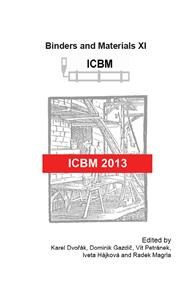p.135
p.139
p.144
p.149
p.153
p.157
p.161
p.165
p.171
Possibilities of Hydrophobization of Thermo-Insulating Materials Based on Natural Resources
Abstract:
Current times emphasize utilization of new and promising building materials with no negative environmental impact, for reasonable price and with excellent end-use properties. Insulation materials based on natural fibers represent a good alternative for current standardly used insulation materials like foamed plastic materials and mineral wool. Input materials for such industrial insulation materials are particularly crude oil and non-renewable natural resources (moreover, manufacture of these insulation materials consumes high amount of energy). From this point of view, natural insulation materials are more advantageous, because their manufacture uses easily renewable materials resources, like fibers from agriculture (flax, technical hemp). However, these materials have two disadvantages higher sensitivity to humidity (higher water absorbing capacity and hygroscopic nature) and worse reaction to fire. The paper deals with selection of appropriate hydrophobic agent preventing high sensitivity to humidity of developed natural materials and monitoring of moisture content after application of hydrophobized materials within the frame of the ETICS system.
Info:
Periodical:
Pages:
153-156
Citation:
Online since:
February 2014
Authors:
Price:
Сopyright:
© 2014 Trans Tech Publications Ltd. All Rights Reserved
Share:
Citation:


